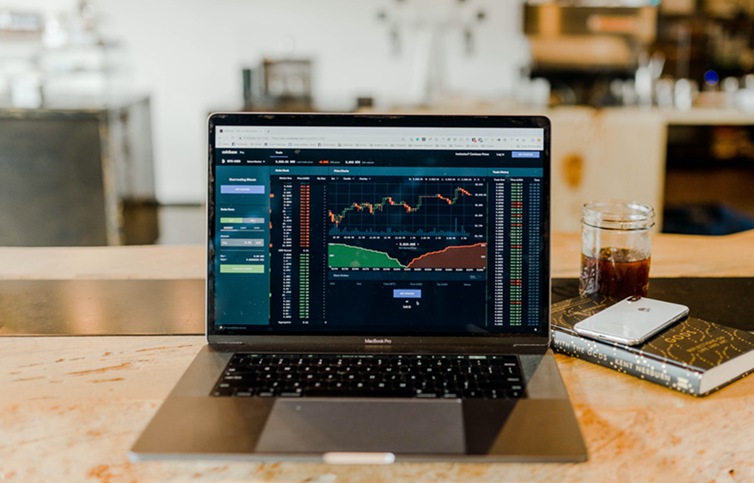Walmart Q4 Earnings Ring Alarm Bells: Stagflation Looms, Consumers Retreat

TradingKey - Walmart, a bellwether of the US economy, posted a strong performance in Q4 FY25 but warned of a growth slowdown in fiscal year 2026, raising concerns about weak consumption and economic growth in the US. Consequently, Walmart's shares dropped 7%.
On February 20, Walmart (WMT.US) released its fourth-quarter financial results for fiscal year 2025, reporting revenue and profit growth rates of 5.1% and 8.3%, respectively, exceeding expectations. Full-year revenue for fiscal year 2025 reached $681 billion, the highest among global companies.
However, Walmart, which had held the title of the retailer with the highest quarterly revenue since 2012, lost to Amazon in the previous quarter: Walmart reported $180.5 billion in revenue, while Amazon reached $187.8 billion.
What disappointed investors most was Walmart's guidance for FY2026: it forecasted a revenue growth rate of 3% to 4%, below the expected 4%, and adjusted earnings per share of $2.50 to $2.60, versus the expected $2.77.
Following this, Walmart's stock price dropped 6.53%, marking its largest decline since November 2023, at $97.21. Despite a strong US economy, Walmart's stock price rose 7.59% for the year and soared 66.26% in the past year.
The Outlook of US Consumption is Worrisome
CFO John David Rainey stated in the earnings conference call that consumer behavior remains consistent and resilient but acknowledged that the company is facing a period of uncertainty.
Walmart indicated that uncertainties persist regarding consumer behavior, the global economy, and geopolitical conditions.
Trump’s tariff policy is seen as a significant obstacle to future US consumption and Walmart's sales outlook, including a 10% tariff on imports from China and a delayed 25% tariff on products from Mexico.
Rainey pointed out that Walmart sources products such as microwave ovens from China and food from Mexico. However, he noted that Walmart has not factored the impact of tariffs into its guidance.
Some strategists believe Walmart's financial report raises further concerns about consumer behavior. Disappointing consumer confidence data and lower-than-expected retail sales have triggered speculation about the strength of economic growth for the remainder of the year.
The preliminary February value of the University of Michigan Consumer Confidence Index was 67.8, the lowest in seven months and well below the expected 71.8. The final value was due for release on the 21st.
US retail sales in January fell 0.9% month-over-month, worse than the expected 0.2% decline, marking the largest monthly drop since March 2023.
The Risk of Stagflation is Making a Comeback
Before and after the inauguration of US President Trump, many predicted that his policies, such as tariffs and immigration restrictions, would lead to higher inflation in the US.
On February 20, Austan Goolsbee, President of the Federal Reserve Bank of Chicago, expressed concern that tariffs could cause a serious supply shock, exacerbating inflation, much like during the COVID-19 pandemic.
On the same day, James Bullard, President of the Federal Reserve Bank of St. Louis, stated that the risk of inflation stagnating above 2% or rising further seems to be increasing. He also noted the possibility that the labor market could weaken if inflation fails to converge or continues to rise.
This suggests that the risk of stagflation may be returning.
Joseph Eugene Stiglitz, a Nobel laureate in economics, also believes that while there was initial optimism about the US economy, Trump's shifting tariffs and disregard for the rule of law could worry businesses.
Stiglitz warned that the uncertainty caused by Trump could slow economic growth and drive up inflation, potentially leading the US into a stagflation scenario, with both inflation and economic weakness.




